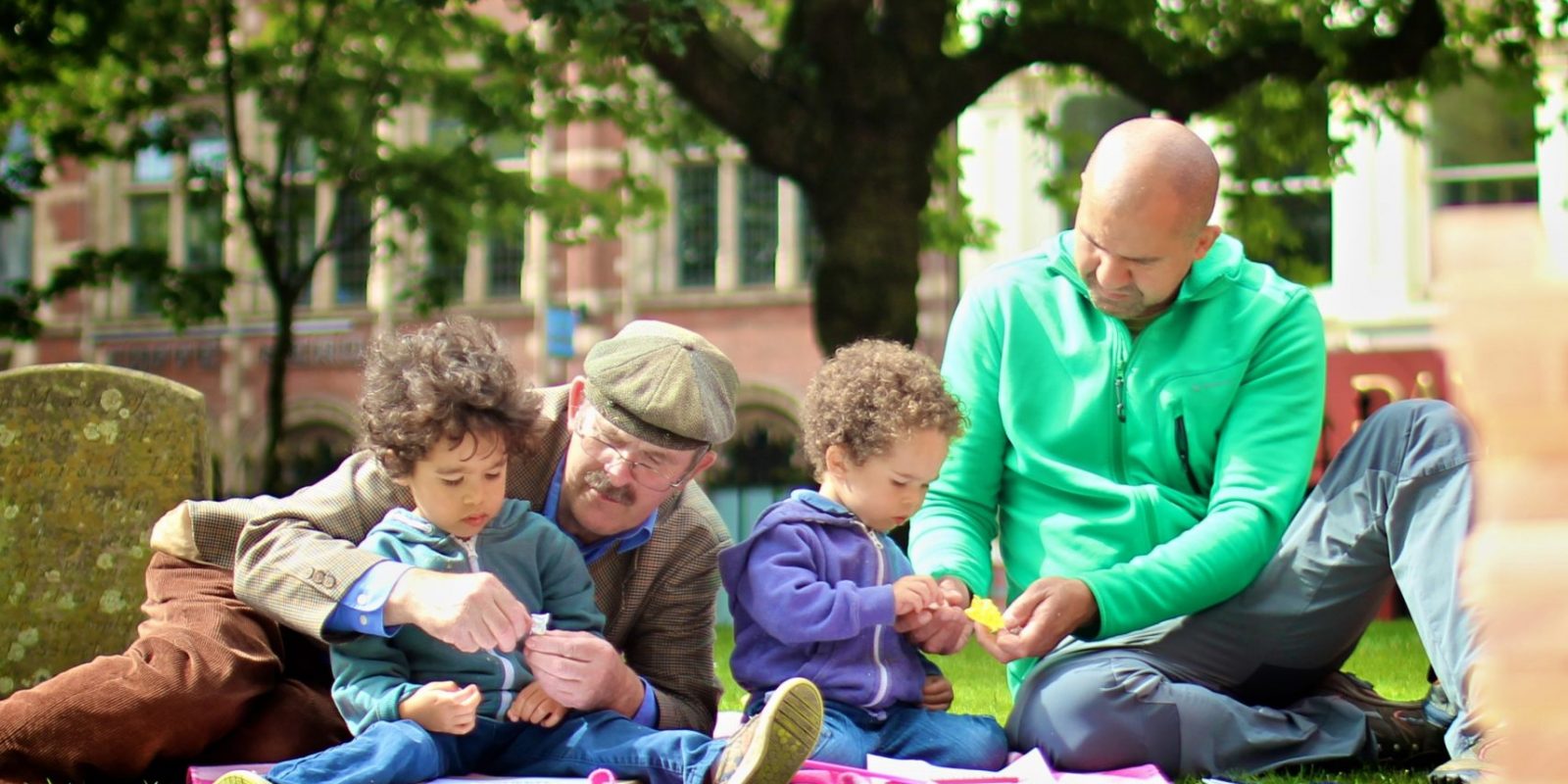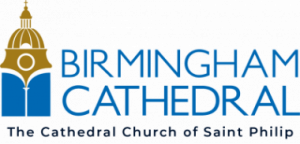There are lots of opportunities for learning at Birmingham Cathedral.
Whether you want to improve your own knowledge, or organise an educational visit for your school, college or university, there are plenty of resources to support you.
Since 2021, we have run an annual Children’s Poetry Festival – which has attracted hundreds of entries from local children – proudly displayed in Cathedral Square during the summer months. We also provide a brief history of the cathedral and information about the military standards and colours currently laid up with us.









